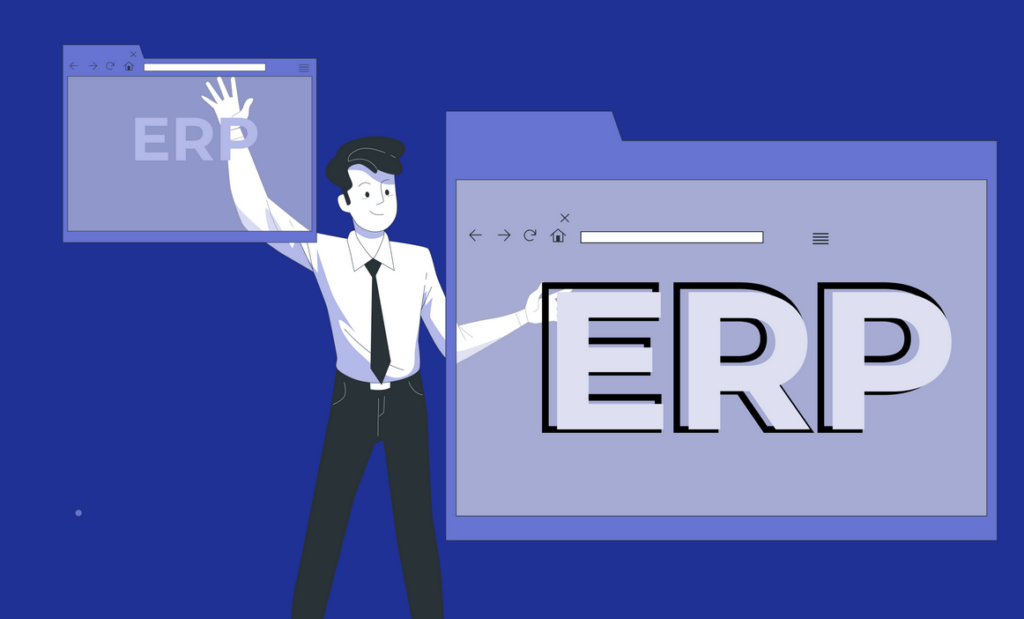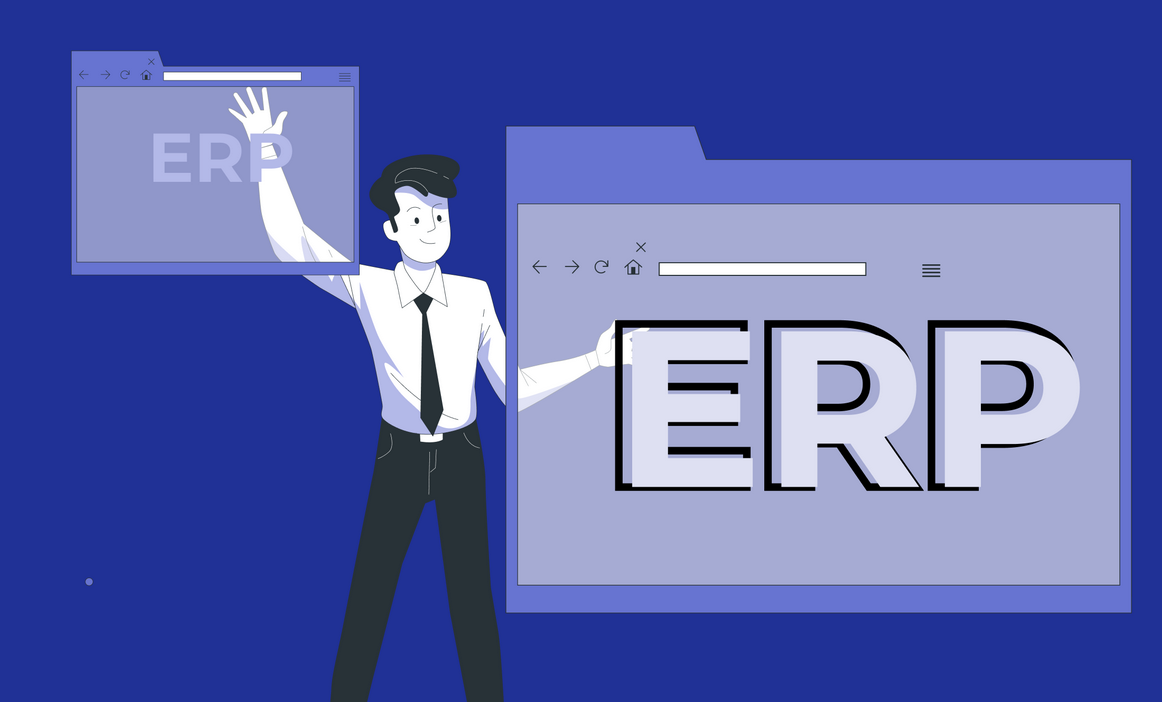Thriving in the Digital Age: How Implementing an ERP Program Can Transform Your Company

In the ever-evolving landscape of business, thriving in the digital age requires adaptation and innovation. One such innovation that can significantly transform your company is the implementation of an Enterprise Resource Planning (ERP) program. This article will delve into the world of ERP systems and explore how they can revolutionize your business operations, boosting efficiency, productivity, and profitability.
1. Introduction: The Digital Revolution
The digital age has ushered in unprecedented changes across industries. To remain competitive, businesses need to adapt to the rapidly evolving technological landscape. Enterprise Resource Planning (ERP) systems play a crucial role in this adaptation, offering a comprehensive solution for companies looking to streamline their operations.
2. Understanding ERP Systems
ERP systems are integrated software solutions that enable organizations to manage their core business functions efficiently. These functions may include finance, human resources, inventory management, supply chain, and customer relationship management. By centralizing all these processes, ERP systems provide a unified view of the company’s data, promoting collaboration and informed decision-making.
3. Benefits of Implementing an ERP Program
3.1 Streamlined Business Processes
One of the primary advantages of implementing an ERP program is the streamlining of business processes. This leads to increased operational efficiency, reduced manual tasks, and a significant reduction in errors. Your employees can focus on value-adding activities rather than spending time on administrative chores.
3.2 Enhanced Data Visibility
ERP systems offer real-time data visibility, providing a clear and comprehensive picture of your company’s performance. This transparency empowers managers and executives to make data-driven decisions and respond promptly to changing market conditions.
3.3 Improved Decision-Making
In the digital age, making informed decisions is paramount. ERP systems offer sophisticated analytics and reporting tools that help in forecasting and strategic planning. With access to accurate, up-to-date information, your company can adapt quickly to market trends and outpace competitors.
4. Key Features of an ERP System
4.1 Financial Management
ERP systems help manage financial operations, including accounting, budgeting, and financial reporting. This ensures fiscal responsibility and compliance with financial regulations.
4.2 Inventory Control
Effective inventory management is essential for reducing costs and meeting customer demands. ERP systems enable real-time tracking of inventory levels and aid in optimizing stock levels.
4.3 Human Resources
Managing human resources efficiently is crucial for any company. ERP systems offer modules for employee management, payroll, and performance evaluation, streamlining HR operations.
4.4 Customer Relationship Management
Maintaining strong customer relationships is vital for business success. ERP systems provide tools for tracking customer interactions, improving customer service, and identifying new sales opportunities.
5. Selecting the Right ERP Solution
5.1 Identifying Your Business Needs
Before implementing an ERP system, it’s essential to identify your specific business requirements. What are your pain points, and how can an ERP system address them? Customizing your ERP solution to your needs is key.
5.2 Budget Considerations
ERP implementation involves costs. Consider your budget and how you’ll allocate resources for software, training, and ongoing maintenance.
5.3 Scalability
Your business isn’t static, and your ERP system should grow with you. Choose a solution that is scalable and can adapt to your future needs.
6. Implementing ERP: A Step-by-Step Guide
6.1 Planning and Strategy
A successful ERP implementation begins with a well-thought-out plan. Identify your goals, assemble a dedicated team, and develop a strategy for execution.
6.2 Data Migration
Migrating existing data into the new ERP system is a critical phase. Ensure a smooth transition with data cleansing and validation.
6.3 Training and Integration
Comprehensive training and seamless integration with existing systems are vital for a successful ERP implementation. Engage your employees in the process to maximize user adoption.
7. Overcoming Common Challenges
7.1 Resistance to Change
Employee resistance to change is a common challenge. Communicate the benefits of the ERP system and involve employees in the decision-making process.
7.2 Data Security Concerns
Data security is paramount. Choose an ERP system with robust security features and protocols to safeguard your sensitive information.
7.3 Maintenance and Updates
Regular maintenance and updates are necessary to ensure your ERP system remains efficient and secure. Plan for ongoing support and improvements.
8. Real-World Success Stories
Learn from companies that have successfully implemented ERP systems and reaped the benefits. Their experiences can offer valuable insights and inspiration for your own transformation journey.
9. Conclusion
In the digital age, thriving in business requires adaptability and innovation. Implementing an ERP program can be a game-changer for your company, streamlining operations, enhancing data visibility, and facilitating informed decision-making. To stay competitive and prosper in the digital age, consider embracing ERP technology as a strategic investment.

